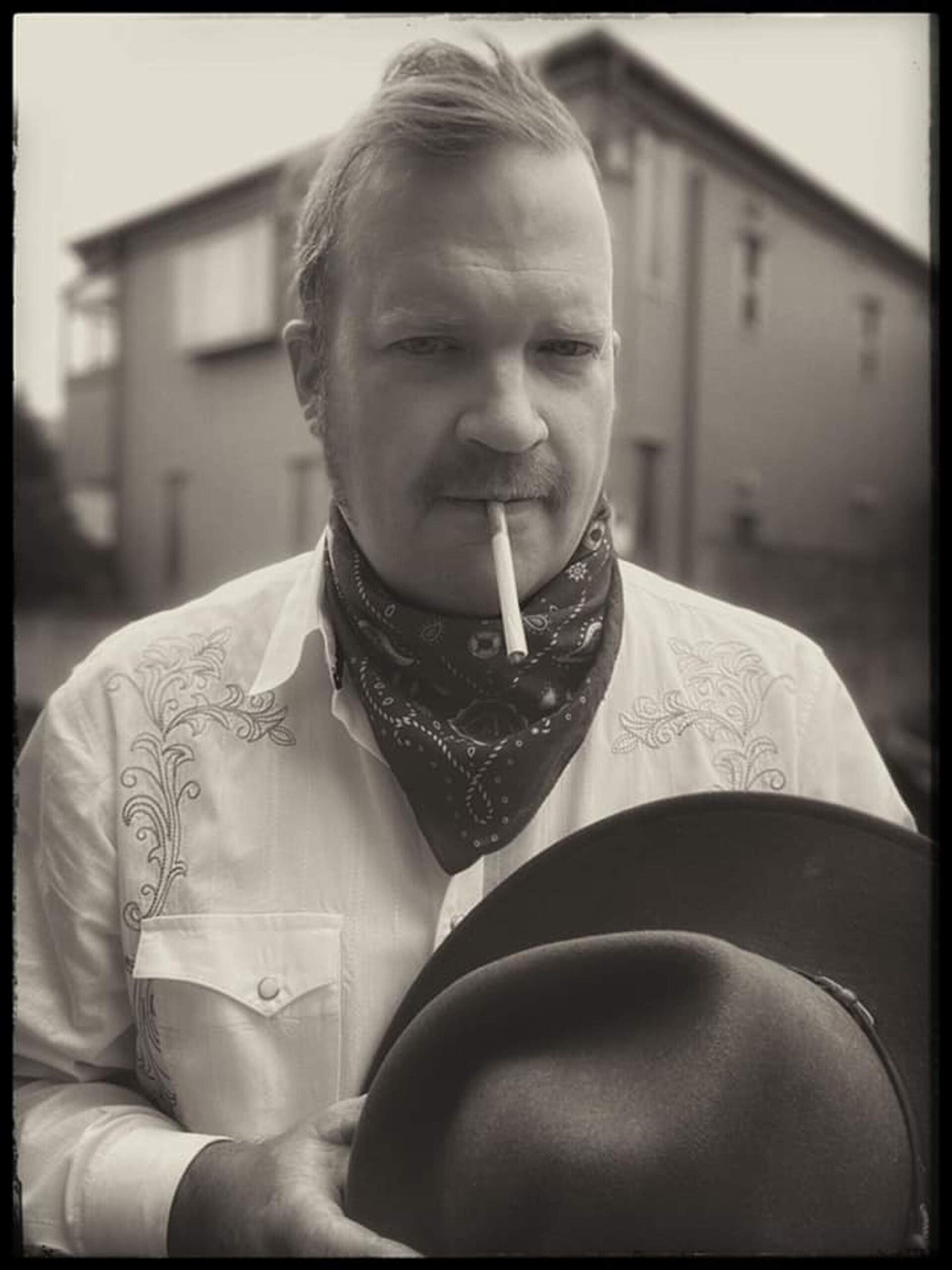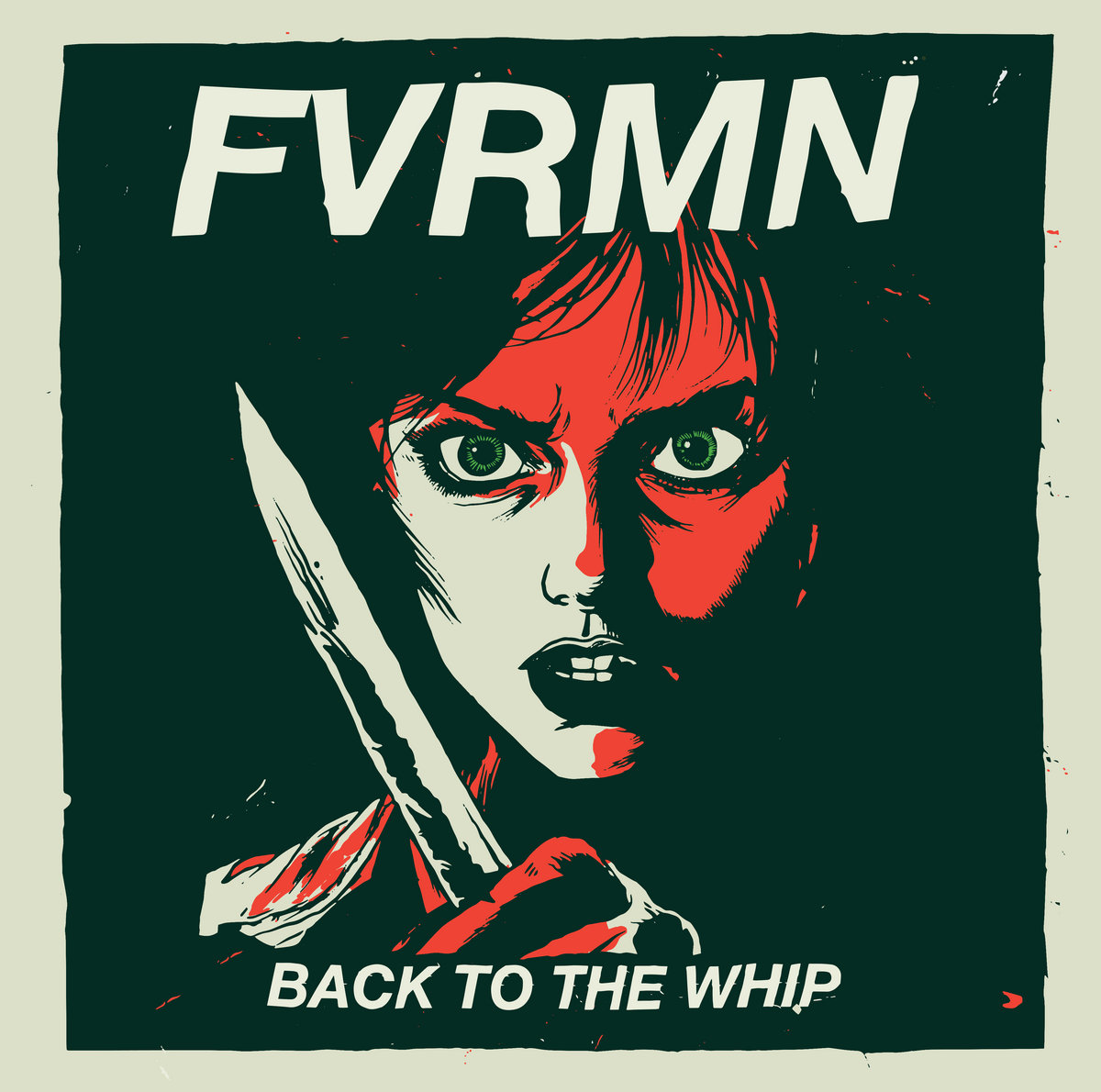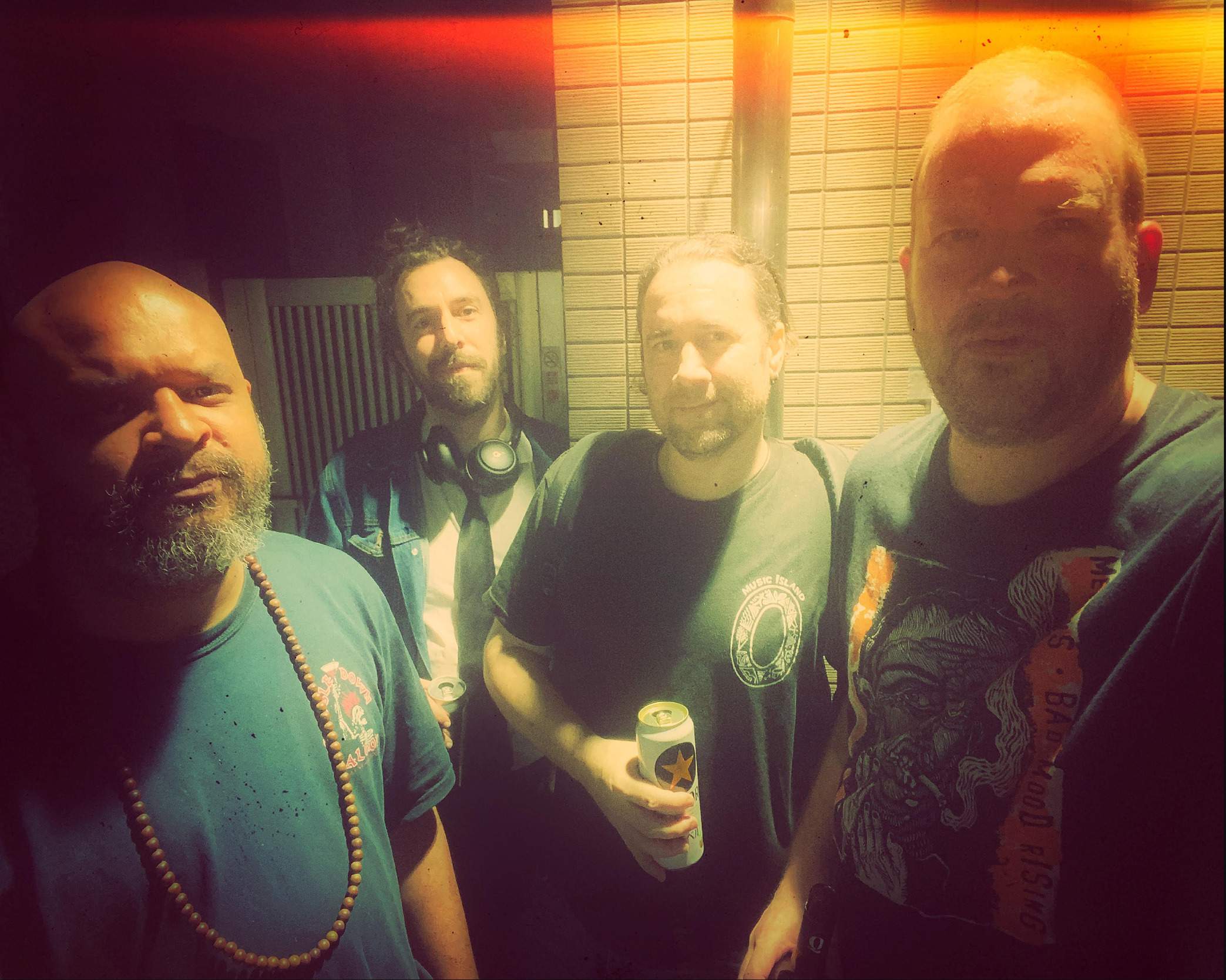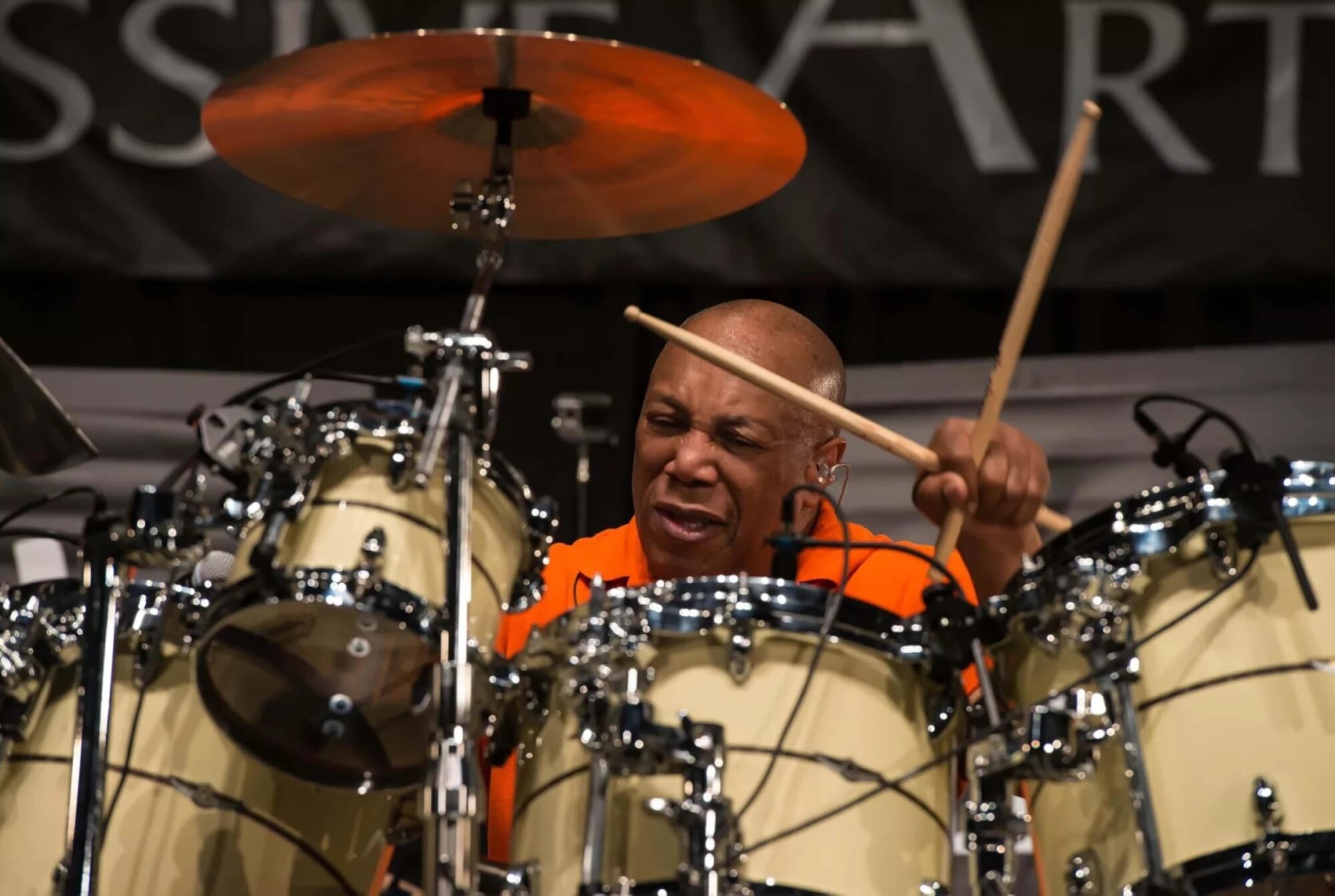FVRMN | Interview | Premiering New Album ‘Back To The Whip’
Exclusive album premiere of ‘Back To The Whip’ by FVRMN, led by Evil Jay, known for his work with Windhand, Big Biz, and Bifocal Media. The album also features guests such as Mike Watt (Minutemen), Chris Broach (Braid), Christian Madden (The Liam Gallagher Band), and others. It will be out on May 24, 2024.
Their music channels the raw energy and infectious melodies reminiscent of the golden era of noisy punk-pop, evoking the spirit of legendary bands like Leatherface, Arcwelder, and Hüsker Dü. In an era where many songwriters have unveiled their “pandemic albums,” Jay Holmes stands apart, taking listeners on a raw, unfiltered journey through the depths of sickness and solitude. When illness struck the Tokyo-based musician, he didn’t retreat into quiet contemplation; instead, he unleashed a torrent of heavy, hefty tracks fueled by an inner musical drive and a devilish sense of humor.
‘Back To The Whip,’ initially conceived as a one-off gut punch, transformed into something more refined as Holmes enlisted the help of friends. With each repeated listen, the album reveals new layers, evolving into a multifaceted beast of sound. This marks FVRMN’s fourth studio album, the first under their new moniker (formerly Fever Moon), boasting an eclectic lineup including luminaries like Mike Watt (Minutemen, The Stooges, fIREHOSE), Chris Broach (Braid), Christian Madden (The Liam Gallagher Band), and Motoharu Fukada (ex-member of Japan’s wildly popular Soil & “Pimp” Sessions). With Dan Konapka (OK GO) at the mixing helm and Matthew Barnhart mastering at Chicago Mastering Service, each track is meticulously crafted, blending Holmes’ songwriting prowess with the distinct contributions of his collaborators. Longtime friend Scott Lupton joins on guitar and drums, while ex-bandmate Michael Ulliman adds extra guitar and handles pre-production duties.
Holmes’ musical journey spans decades, from his days as lead singer and songwriter of the epic indie math rock band The Ladderback in the late ’90s to his current role as a full-time artist and graphic designer in Tokyo. With a portfolio boasting designs for icons like Black Sabbath, Neil Young, and Sebadoh, Holmes brings a visual flair that mirrors the sonic intensity of his music.

“I wanted to crank up the lightning a little bit and churn out a bit more thunder”
Jay, you’ve described ‘Back To The Whip’ as a departure from the typical pandemic album narrative. Can you tell us more about the inspiration behind this shift in tone and style?
Jay Holmes: Well, I had just noticed that most people’s “pandemic albums” seemed very insular and sheltered, causing many to have a sort of private, personal time of reflection… which is understandable. ‘Back To The Whip’ was an album constructed and written in about a week under the heavy strain of actually being sick. Somehow, in the haze of that feverish time, the songwriting process instantly and somewhat spontaneously burst out with noise and power rather than an introspective strum.
With such a diverse lineup of collaborators on this album, including Mike Watt and Christian Madden, how did their contributions influence the overall sound and direction of the record?
Initially, I was just going to bash this record out and move on to the next one. However, I sent Watt a few demos and rather boldly asked if he wanted to play on them. He responded quickly, said he dug the songs, and might have time to add some bass. About a week later, he sent me his parts. From that point on, I started rethinking the general direction of how these songs could take a bit more of an intentional shape. The contributions from everyone, from Mike Watt to Chris Broach of Braid, were very exciting for me personally. I think indie rock is a fun genre to get friends jumping in on songs. Those different voices and musical touches add some bright musical corners within the dusty corridors. To the best of my knowledge, this is the first FVRMN record to feature a sax. I had seen Motoharu Fukada perform a birthday concert, and afterwards, we struck up a conversation. He was in a massively popular group here in Japan called Soil & “Pimp” Sessions. Their sound is crazy. I was super stoked to have him on board for a song, and he and all the other guests really have made the record stand out.

The transition from Fever Moon to FVRMN seems significant. Can you share the story behind the name change and its significance to this particular album?
There’s a slight significance to the change…mostly I think it just looks cooler…more sleek. But I also wanted to sort of turn up the volume on the next few records. The first three full-length albums were a little less fuzzed out. For ‘Back To The Whip,’ I wanted to crank up the lightning a little bit and churn out a bit more thunder. I also had a terrible experience with the previous record label that put out the past two albums. They caused a highly unnatural amount of stress for me and turned out to be terrible people. In some small way, changing up the band moniker slightly is a way to move on, albeit in a small way.
Your background with The Ladderback and your journey from the late 90s to now is quite extensive. How have your past musical experiences informed the creation of ‘Back To The Whip’?
Back then, I was so coffee-fueled and out of control. The Ladderback writing process was bonkers…just so many parts and stops and changes and…hahah. I don’t know how we did it. When I moved overseas to Japan, the band stopped, and I found myself completely out of ideas. I couldn’t write a song to save my life. Finally, after years, I started writing again and recording home demos. Within this process, I kind of forced myself to record everything, no matter how simple or dumb or worthless it might sound. This helped me with weeding out and editing my own writing and has sort of led me down a path of figuring out the space in which I could grow into a better songwriter. Luckily, my years of touring, rehearsing, and making albums with The Ladderback were very helpful as I was no stranger to a studio.
The album was mixed by Dan Konopka and mastered by Matthew Barnhart, both notable figures in the music industry. How did their expertise enhance the final product?
Yeah…figuring out exactly how this record was gonna sound was interesting. It was actually mixed and remixed a few times. In the end, I wanted to get a certain noise-pop appeal and for it to certainly have a bit of a nod to 90’s records that I dig. But it definitely needed to have its own sound. Dan took his time and honed in on those elements, and the results are a recording that stands out on its own. I like that it has a really fuzzy and overall slightly heady feel. Honestly, I think it’s the kind of production that grows on the listener more and more as it seeps in. That’s how it was for me, at least. It has its own air and its own personality that reveals a few more hidden layers with each spin.
‘Back To The Whip’ is being released on vinyl via Bifocal Media. What significance does this format hold for you personally?
I’m a diehard vinyl collector and have been since I was young. I don’t really try to fetishize too much about the actual format, but there is something cool about putting down that wax on the platter and letting the sound take over. There’s a certain nostalgic appeal to me as well…as a kid who grew up combing through my dad’s old records.
Can you discuss the visual concept behind the album cover and how it connects with the music?
I’m a very visual kind of person. I’m the kind of person who will buy a record based on the cover alone. For months and months, there was a completely different cover design for this record. But nothing was clicking into place with getting the record finalized. The art initially was created for something else, but it was rejected. Then it hit me to use it for this project, and strangely, it was the missing piece to the puzzle. After the artwork was changed, everything fell into place. It happens like that sometimes.

As a full-time artist and graphic designer, how does your visual creativity intersect with your musical endeavors, especially in the context of ‘Back To The Whip’?
They really go hand in hand. Music and an album aesthetic are intertwined. It’s a bit of an odd mystery, but I think it has to do with how we embrace the commitment of art into our psyche. When we love something… we must love it to its base dirty core. There’s a story within those cracks, and I love how the front cover art captures a tiny snapshot of desperation. Perhaps that’s the pandemic album that was meant to be.
Klemen Breznikar
FVRMN Facebook / Instagram / Bandcamp / YouTube
Bifocal Media Official Website / Facebook / Instagram / Twitter




